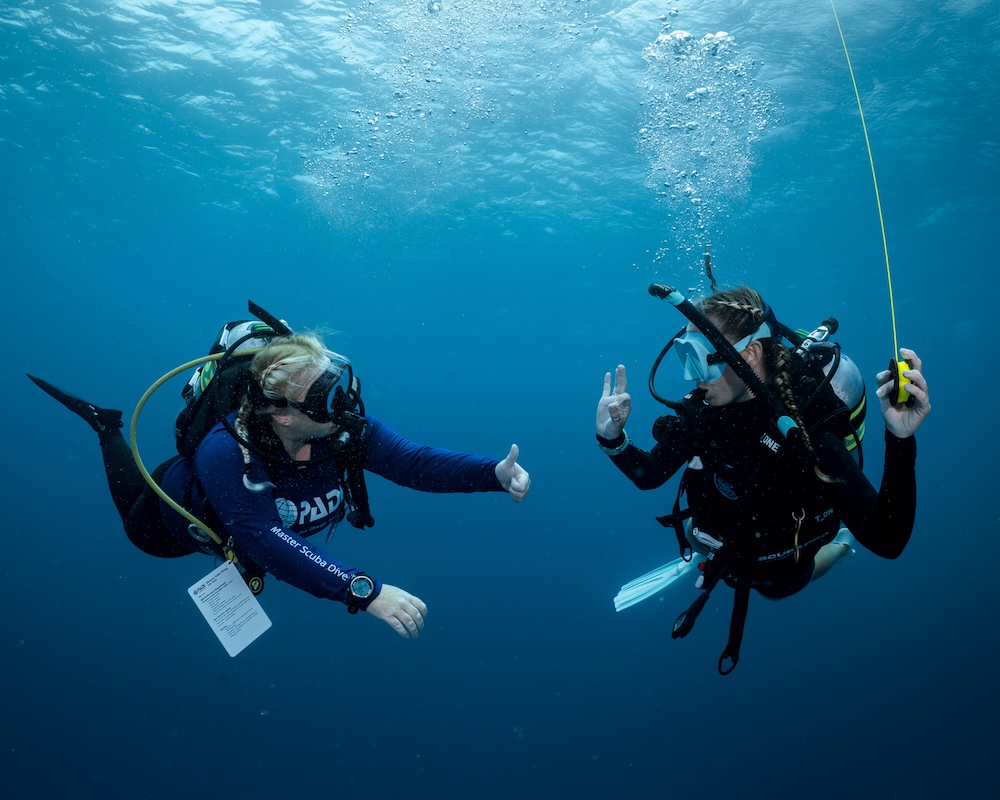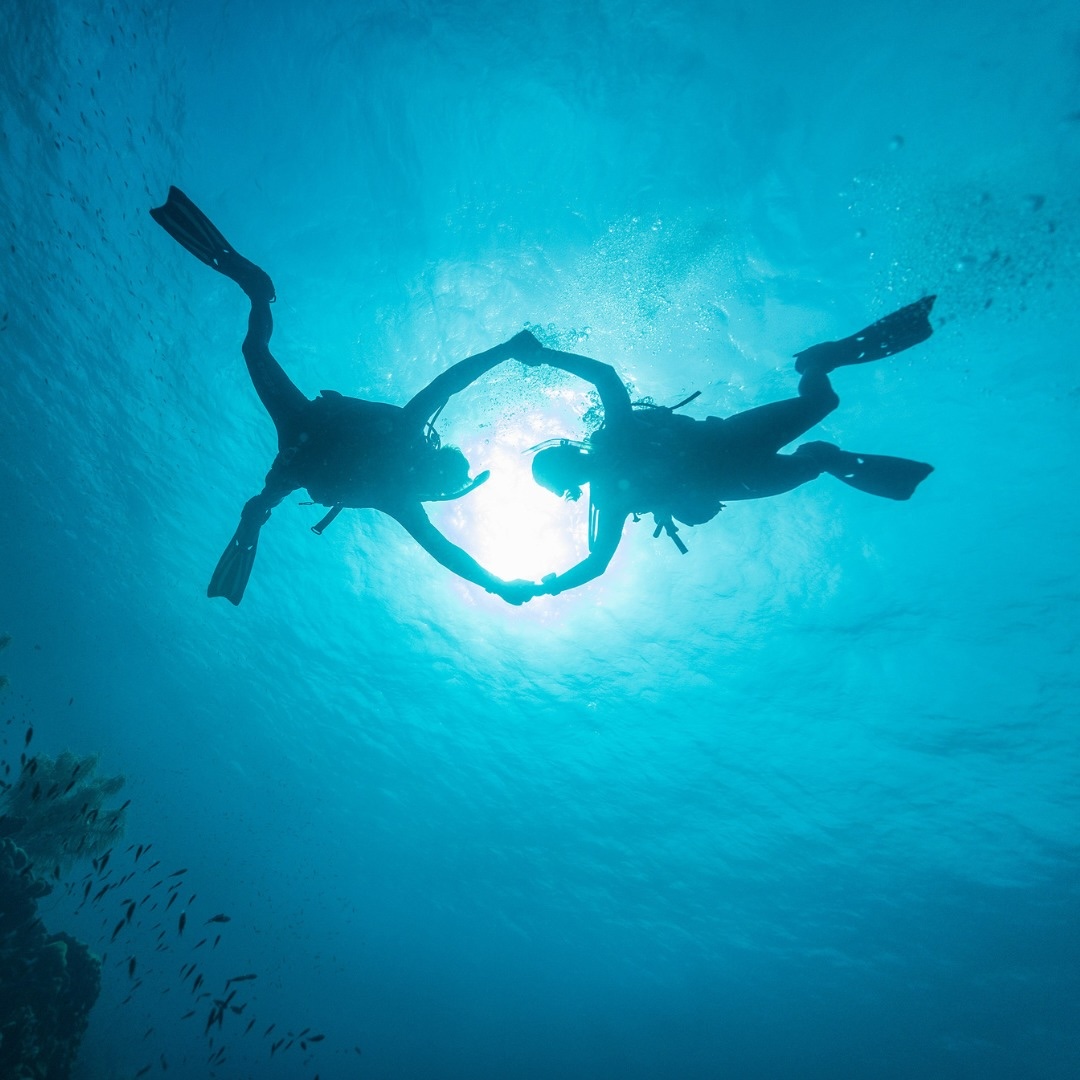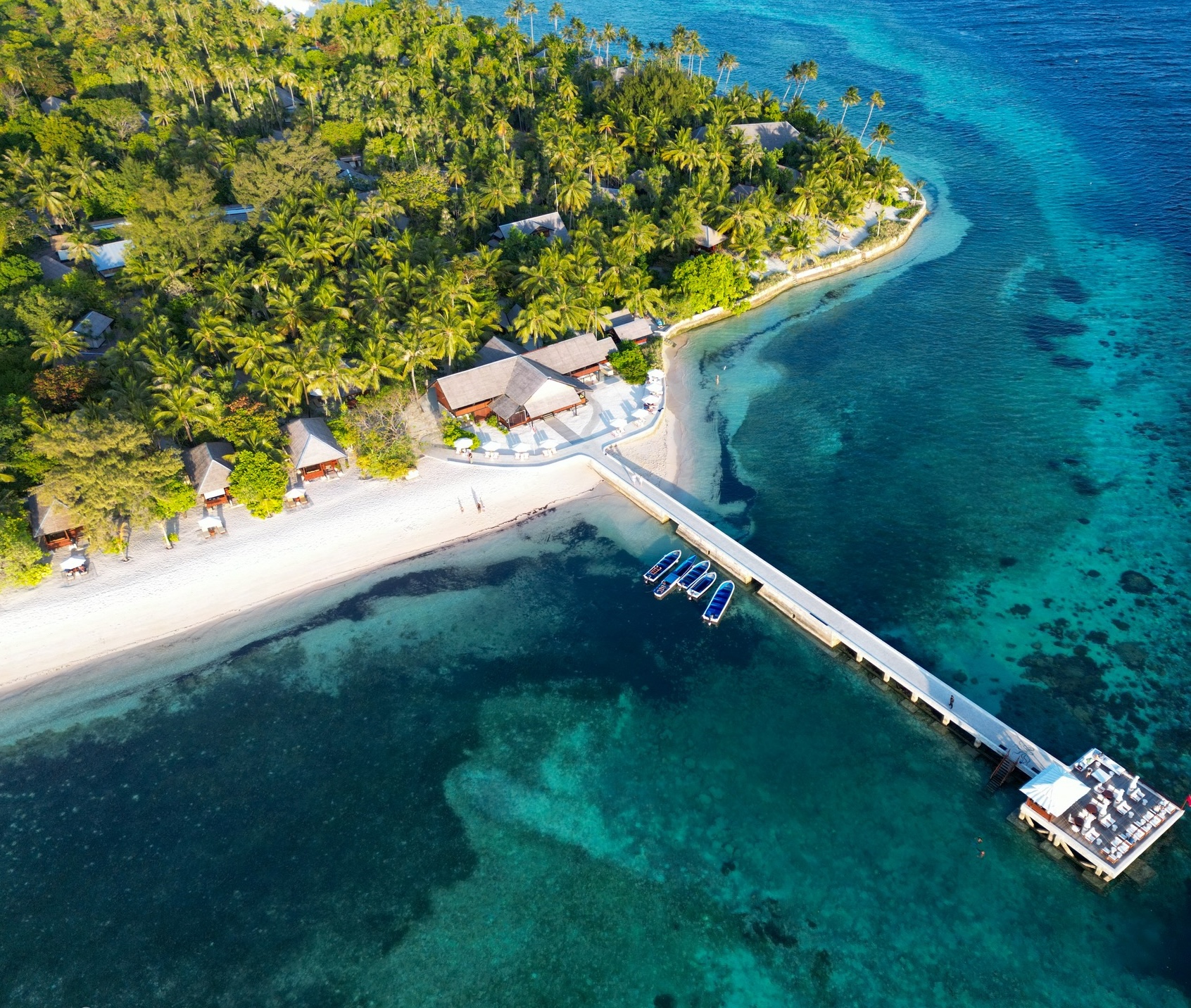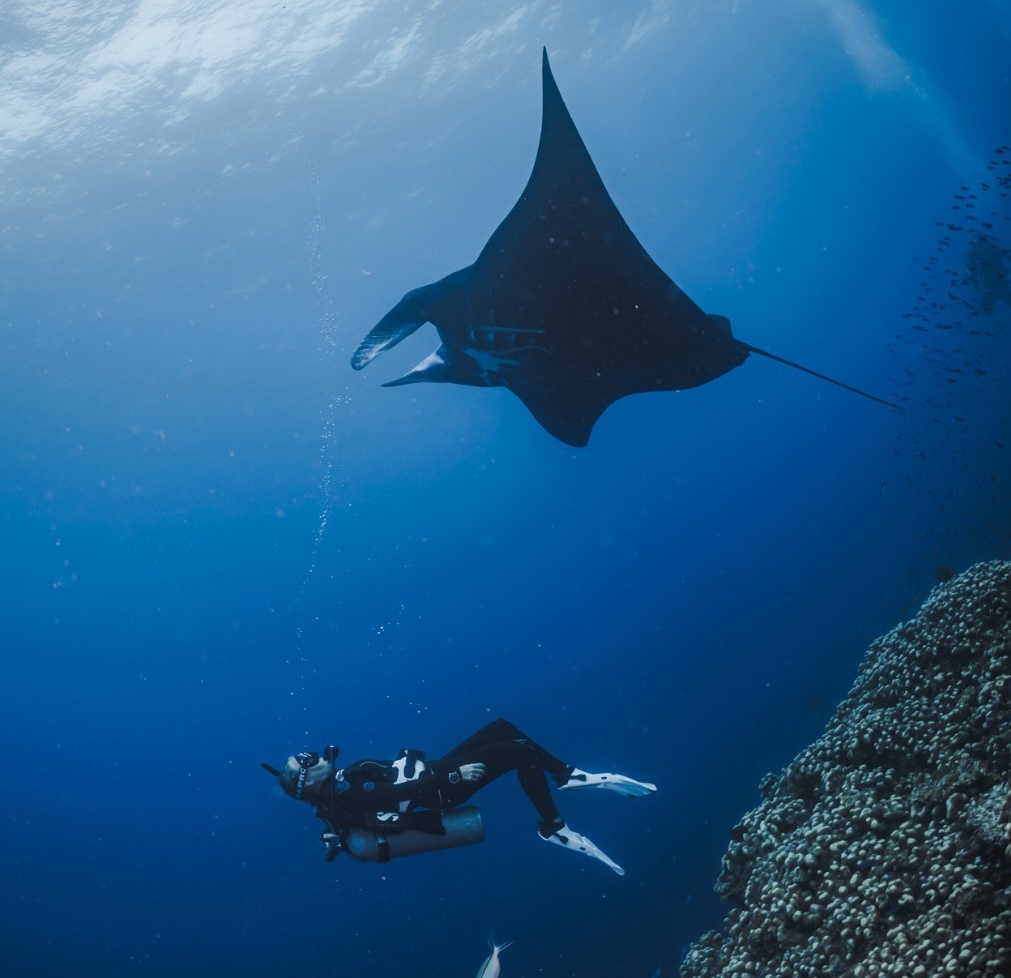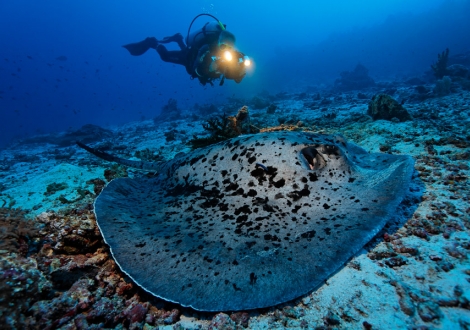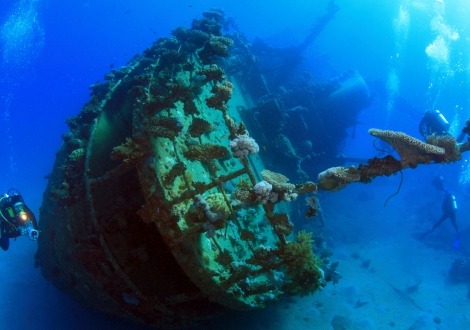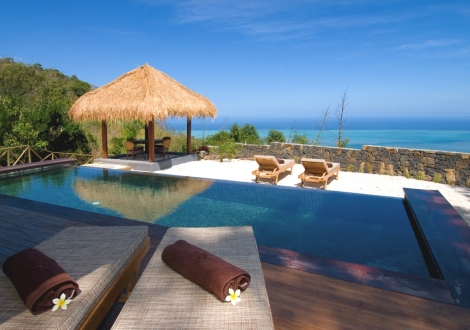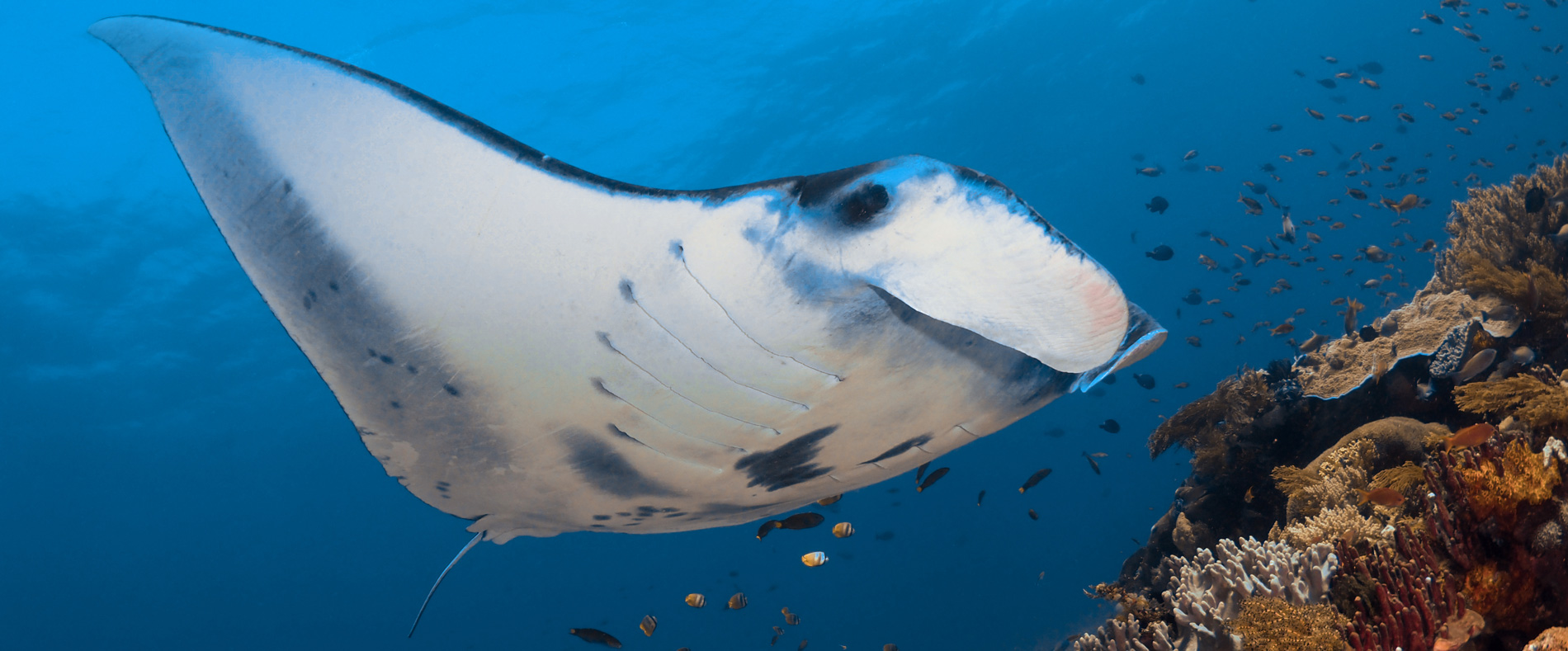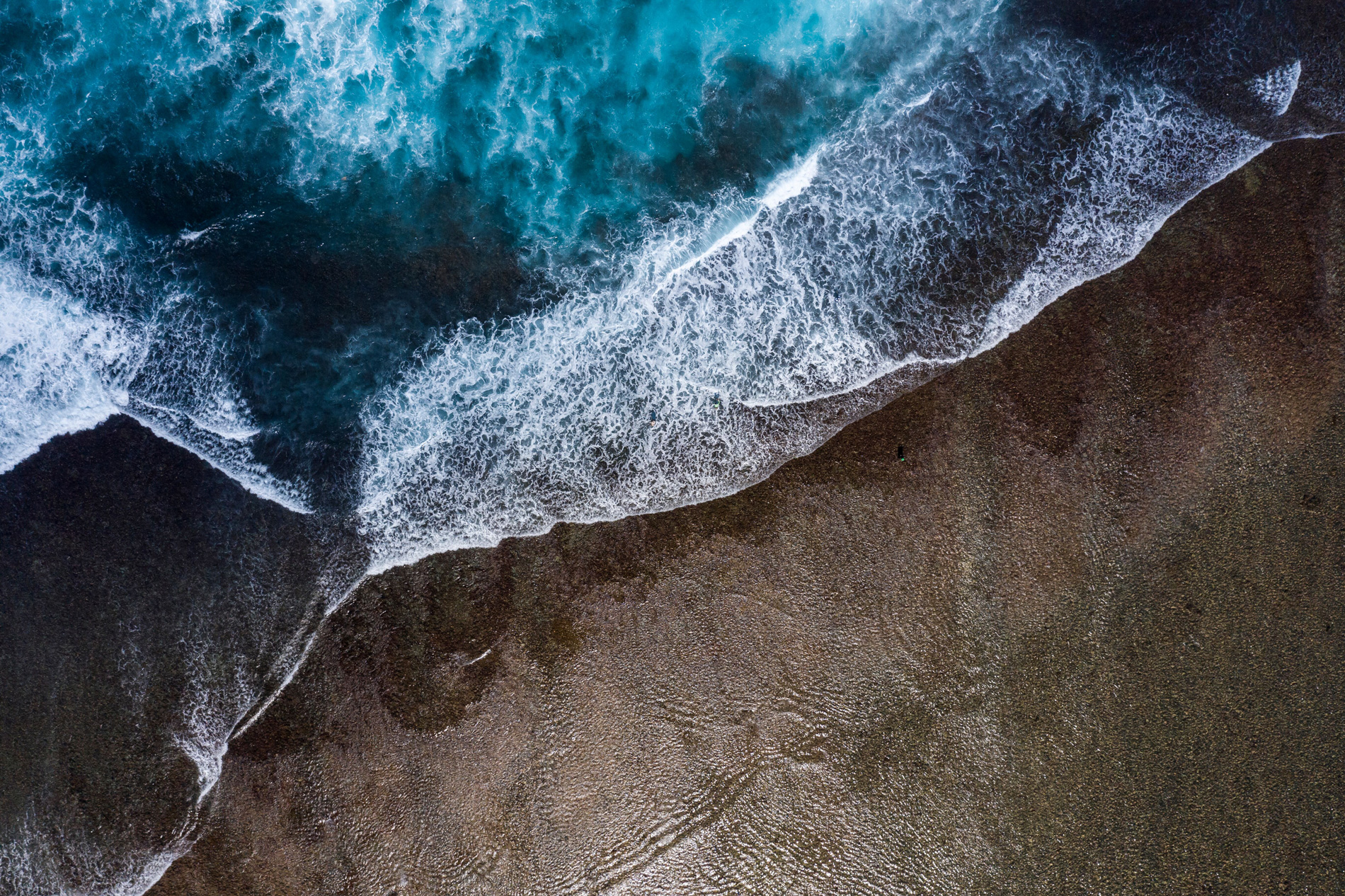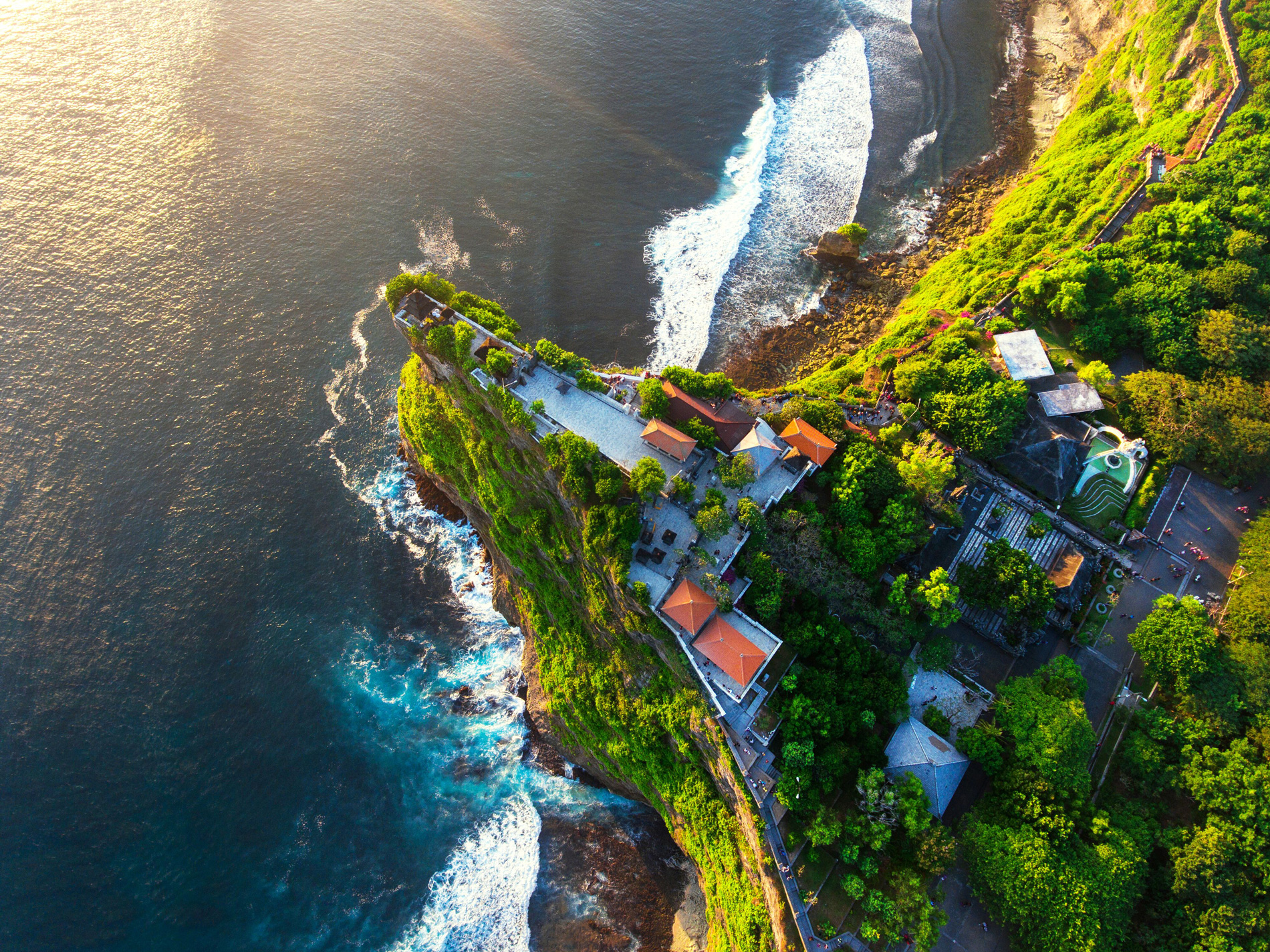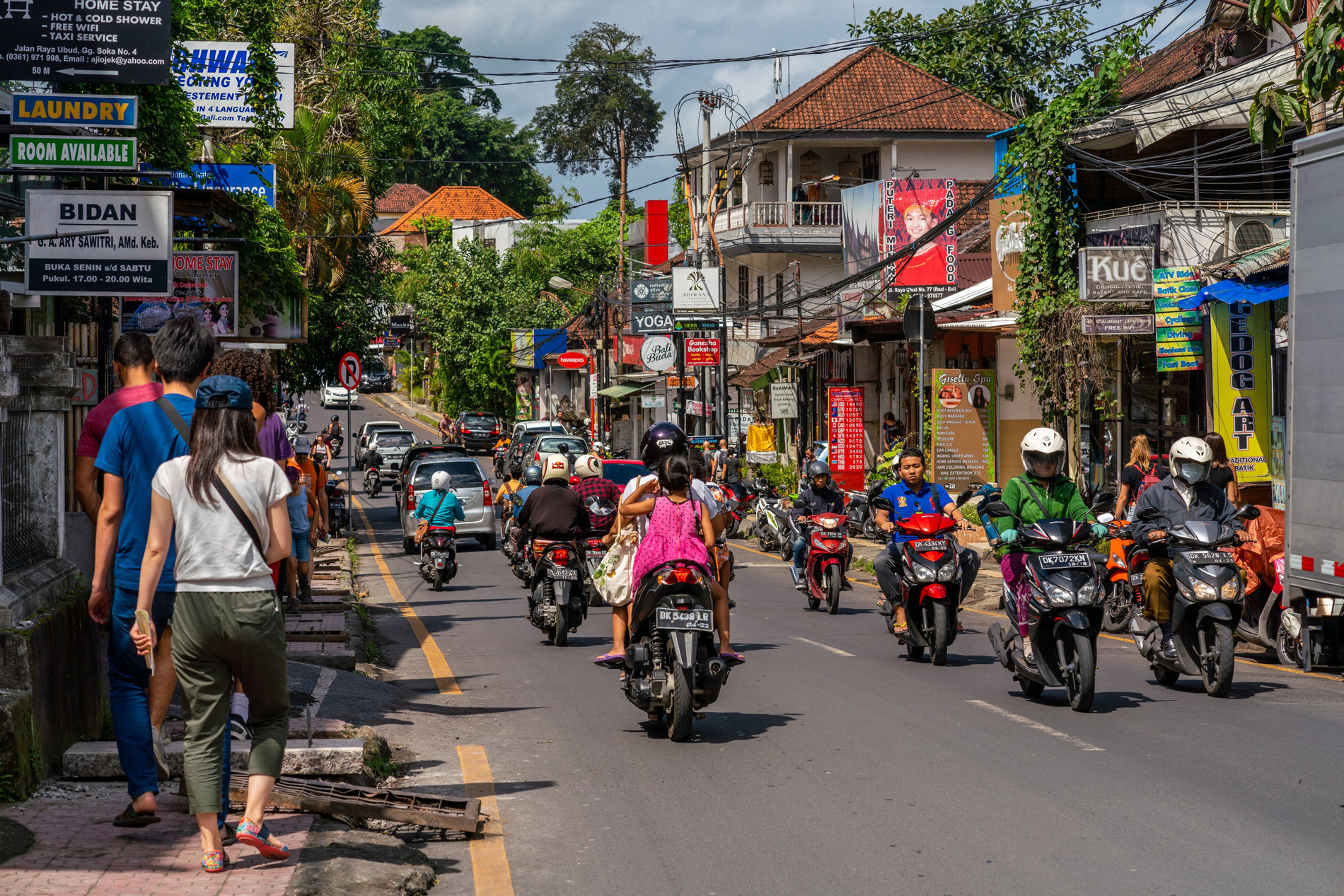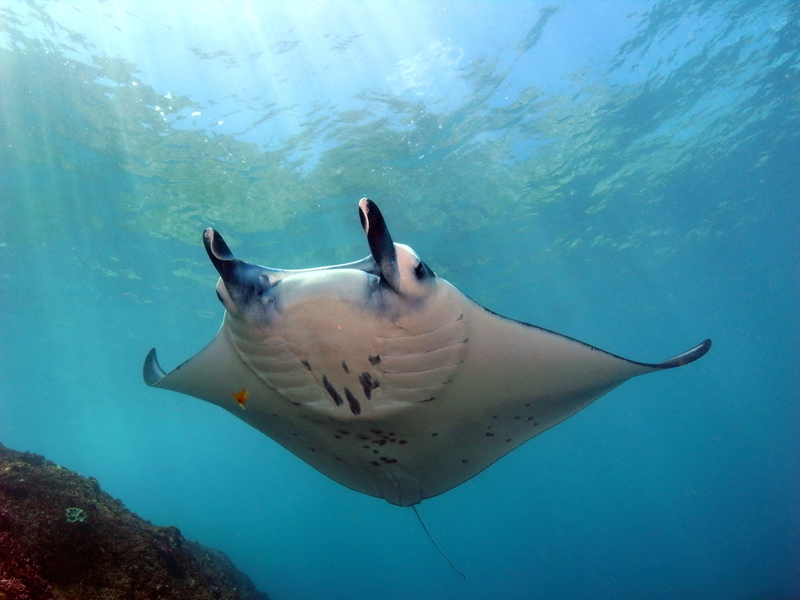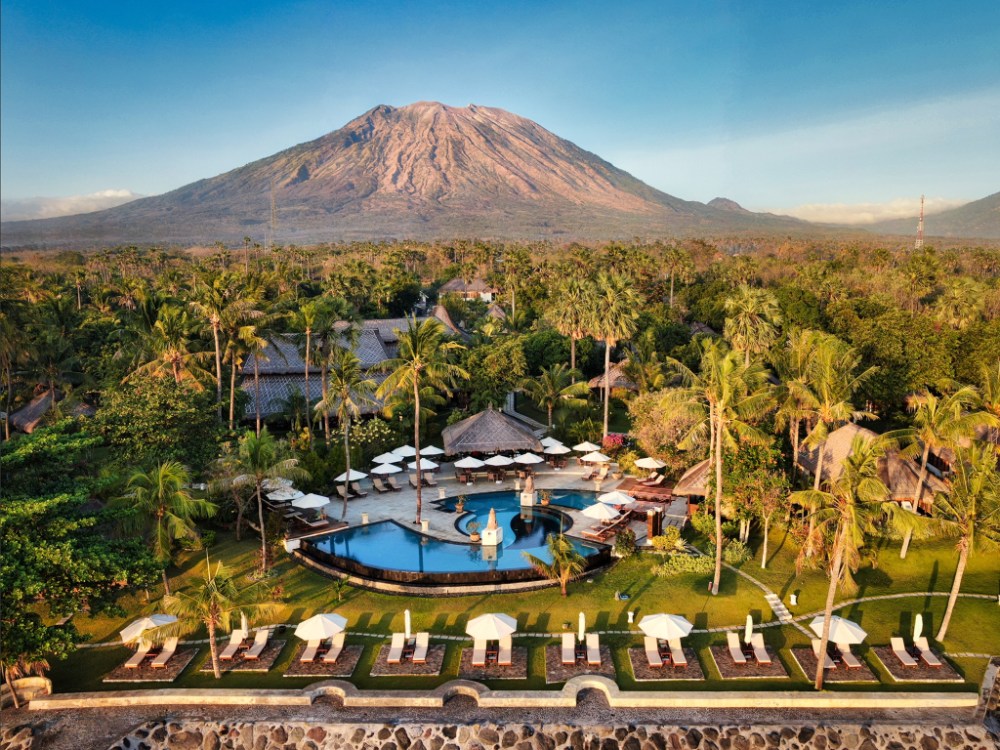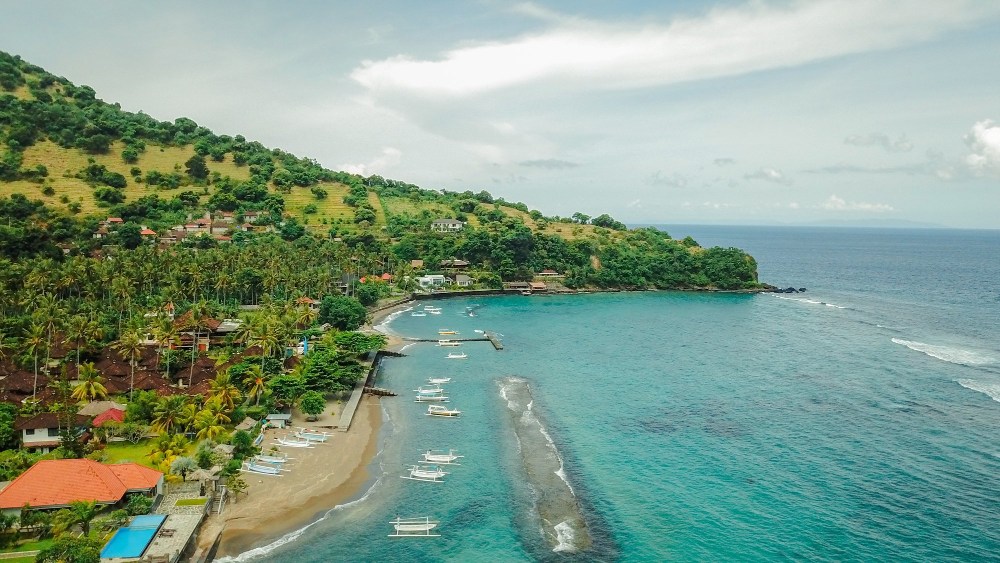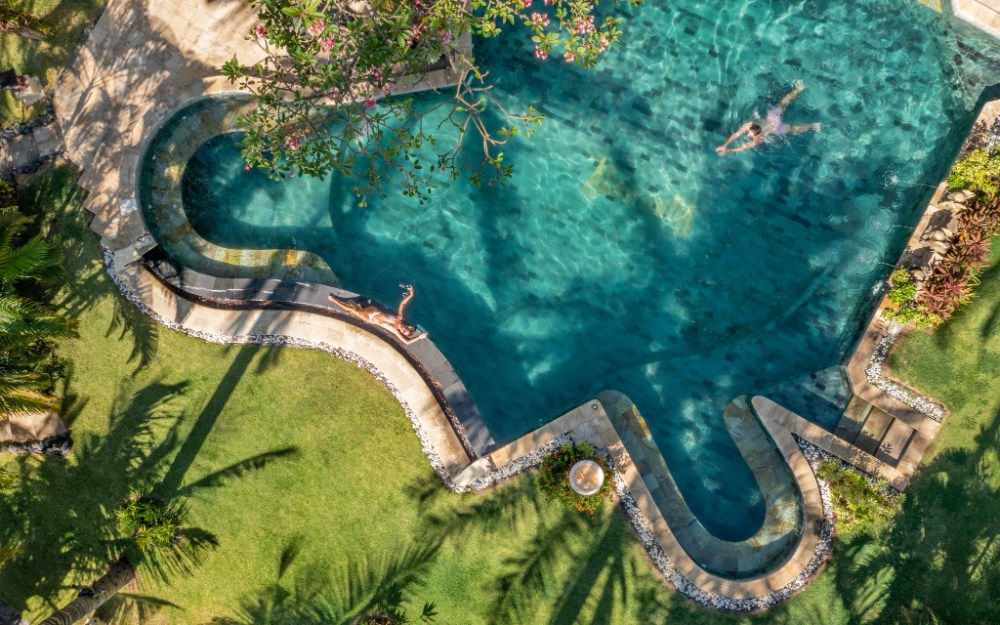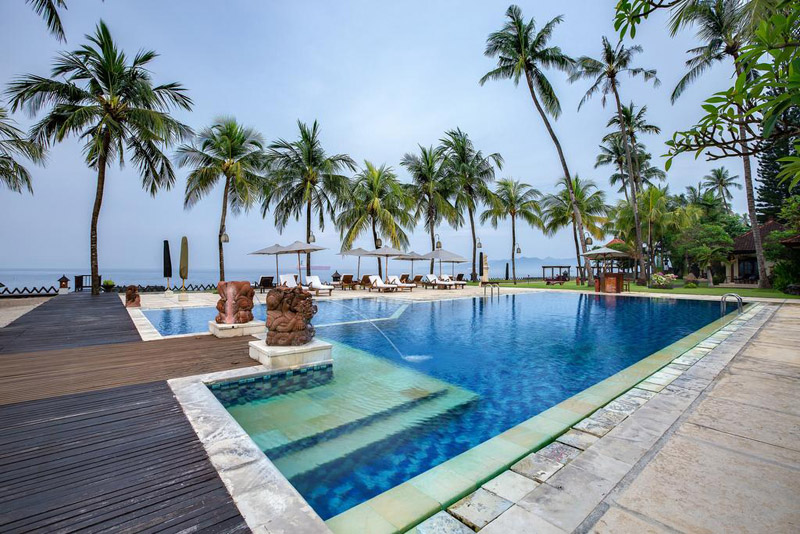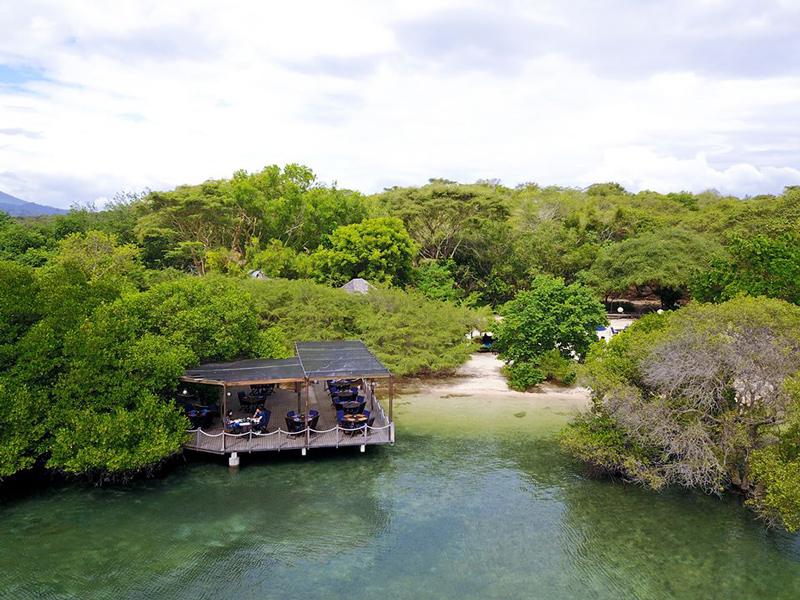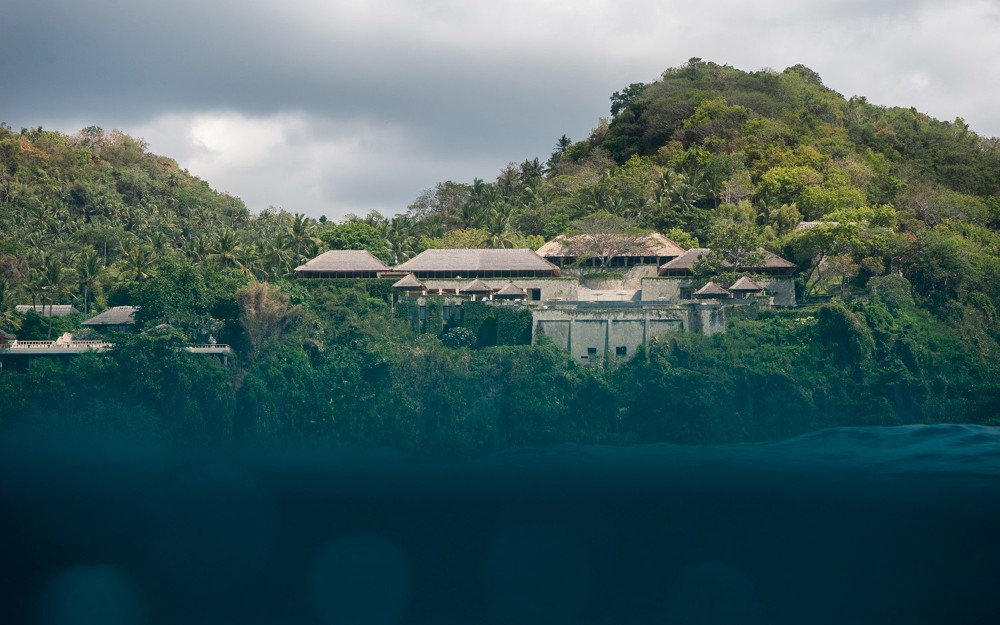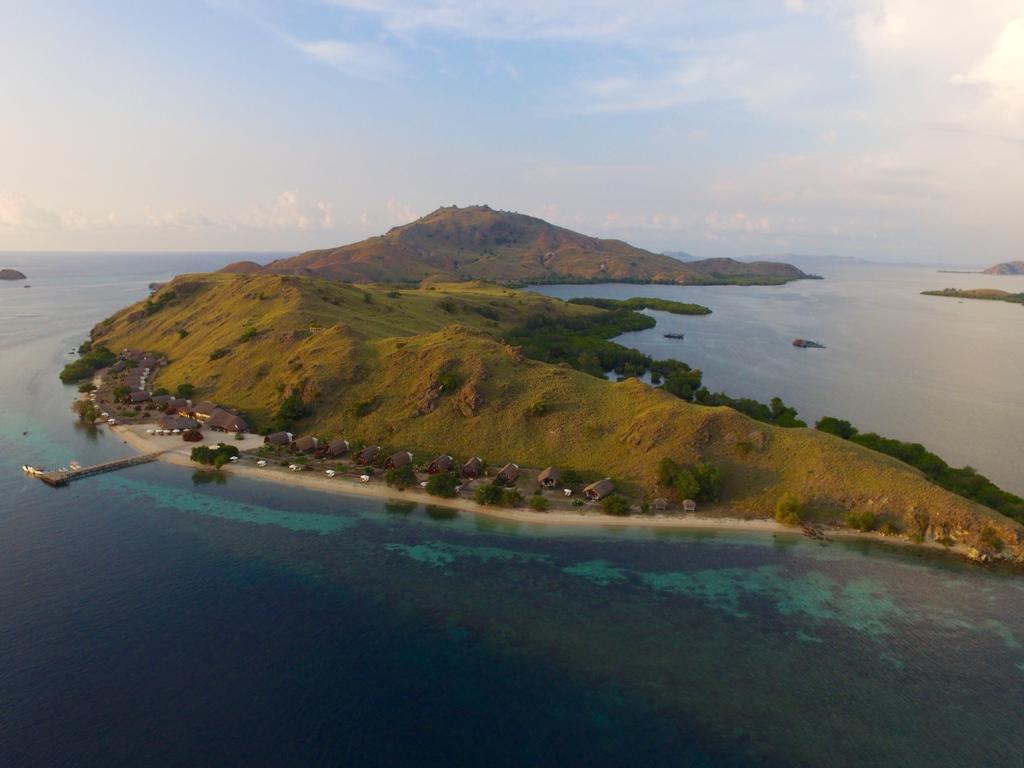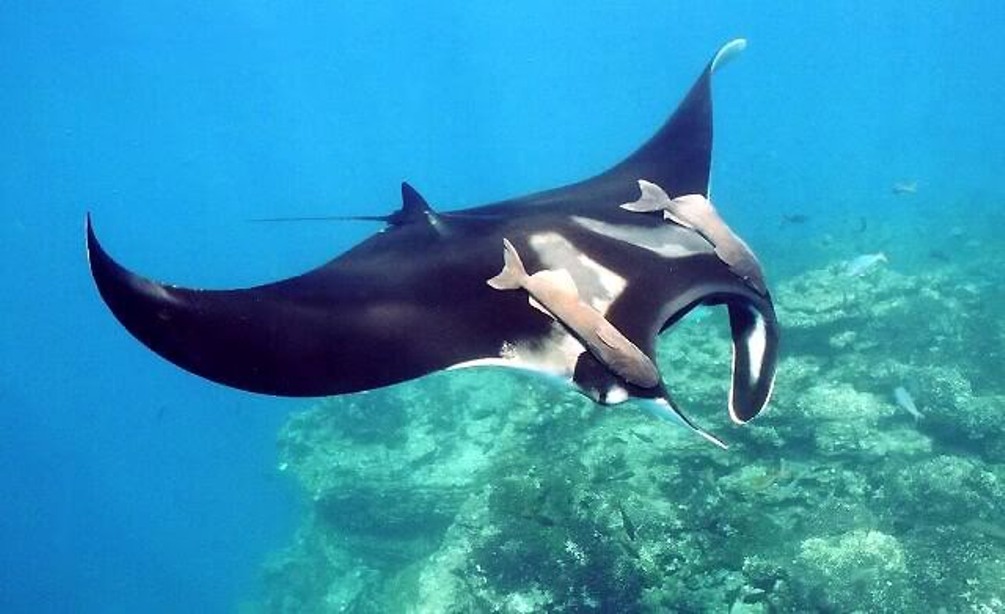Diving Holidays In Bali
Situated between Java and Lombok, Bali is often called "The Island of the Gods" for good reason. With over 10,000 temples scattered across its picturesque landscape, the island offers a truly unique and spiritual experience. Surrounded by a stunning coastline and dominated by majestic volcanoes, Bali's true essence can be found deeper into its heartland. For a serene retreat by the sea, perfect for diving and rich marine life, the village of Ubud serves as the ideal spiritual sanctuary.
Bali stands out as a destination like no other, blending a vibrant culture, warm hospitality, breathtaking scenery, endless activities, tropical climate, delectable cuisine, lively nightlife, and luxurious accommodations. Consistently ranked among the top travel destinations worldwide, Bali offers a diverse range of experiences for every traveller to enjoy.
Despite its relatively compact size, Bali caters to various interests. Whether you seek waterfalls, beaches, jungles, encounters with monkeys, surfing, shopping, snorkelling, swimming with manta rays, or simply unwinding on the shore with a refreshing cocktail, Bali promises a paradise for all.
The optimal time to visit Bali is from April to early November, with the rainy season setting in from November to March. However, travellers need not fret about the rain, which is vital in nurturing Bali's lush greenery. While downpours are common, they contribute to the island's stunning beauty, with sunny breaks in between to enjoy the tropical surroundings.
The Scuba Diving In Bali
The southern islands of Indonesia mark the edge of the Pacific Ring of Fire and fall across the Coral Triangle, the most diverse marine region on the planet. The inverted triangular shape of Bali is separated in the north-west from Java by the Bali Strait, and in the south-east, the Lombok Strait separates Bali from Lombok. Other islands included in this triangle are Nusa Lembongan, Nusa Penida and the Gili Islands. The large flows of water from both the Indian and Pacific Oceans funnel water through them to shape the coastline of Bali and create ideal conditions for an incredible array of marine species.
Diving the North West - Approximately eight kilometres off the north-western coast in the Barat National Park lies Deer Island (Menjangan), a popular Bali scuba diving destination. Due to its protected location, waves are rarely a problem, and the visibility can be mind-blowing! When diving here, you will be treated to soft and hard corals, huge sea fans, nudibranchs, eagle rays, lionfish, blue spotted rays, garden eels, black and white tip reef sharks, turtles and the occasional whale shark.
Puri Jati is excellent for budding underwater photographers who will be treated to a lot of macro life in the black sand (muck dive). Also, mimic octopuses, blue-ringed octopuses, coconut octopuses, flying gurnards, sea moths, blue-eyed stingfish, frogfish, hairy frogfish, stargazers, and dragonets will be seen here.
Close to the small Balinese village of Gilimanuk in this region are the calm waters of Secret Bay. Although not in the same league as other muck diving destinations, such as Lembeh Strait, this dive spot has a fair collection of treasures waiting to be discovered. Around two kilometres to the east of Pemuteran and a couple of kilometres offshore lies Napoleon Reef. This submerged reef rises to 5 metres from the surface and slopes down to 30 metres to the north, providing some easy-paced scuba diving.
Diving in North East Bali - Tulamben is approximately two hours north-east from the international airport in Sanur, with diving from the shore. The dive sites here include the Tulamben USAT Liberty Shipwreck (perhaps Bali's most famous dive site), Coral Garden, Drop Off, and Seraya Secret. At the east end of the beach is the Tulamben Wall. The wall drops off to 60 metres and has large barrel sponges and various fish species.
Just down the road from Tulamben is the Amed region. Diving here is often done as a 2 tank morning dive with the option to dive in the afternoon. Amed dive sites include Deep Blue, Banyning Bay, Japanese Wreck, Ghost Bay, Jemelur and Gili Selang. The north-facing shallow bay of Cemeluk, on the eastern coast, has dense stands of sloping staghorn coral that teem with cardinalfish. The west side of the bay offers shallow coral flats with scattered bommies and metal reef crates on the grey sand bottom.
Doing South East Bali - Along the south-east coast of Bali are Padang Bai and Candidasa. Padang Bai is approximately one hour by road from Sanur. Diving from local day boats, Jukung, takes between 20-30 minutes to reach each dive site. Morning and afternoon dives are offered, returning to shore for lunch. Diving here includes sites like Gili Biaha, Gili Mimpang, Gili Tepekong, Turtle Neck, Blue Lagoon and The Jetty.
Padang Bay site, Pura Lie, is 50 metres offshore, directly in front of the shrine, which it was named after. The reef starts as a shallow ledge at a depth of 10 metres. Swim further to sea, and a slope will take you down to 20 metres, after which a sandy bottom levels out at 40 metres.
Diving Seasons In Bali
Situated within the coral triangle, Bali boasts a consistently tropical and balmy climate all year round, thanks to its proximity to the Equator. The average temperature hovers around 26°C, making for pleasant weather throughout the seasons. Bali experiences two distinct periods: the rainy season spans from November to April, while the dry season runs from May to October.
Dry Season: May – October: These months mark the prime time for diving in Bali. The weather remains dry, and the ocean conditions are tranquil, ideal for exploring underwater. Visibility is outstanding, offering clear views of the diverse marine life, such as manta rays, turtles, and vibrant tropical fish. It's advisable to plan diving excursions in advance during this bustling tourist season.
Rainy Season: November – April: These months bring rain showers and elevated humidity levels, yet diving opportunities persist. Water temperatures range from 26-29°C, supporting a varied aquatic ecosystem. Although visibility may be somewhat compromised compared to the dry season, divers can still encounter intriguing species like frogfish, seahorses, and nudibranchs. Expect varying diving conditions, including occasional strong currents and rough seas.
Water temperatures generally fall between 27°C (July) and 30°C (January), but can fluctuate with depth and currents. Notably, locations like Crystal Bay, where mola-molas are sighted, often require a minimum 5mm wetsuit due to temperatures ranging from 23-25°C at 30 meters. Conversely, water temperatures at Menjangan Island are typically warmer than the Bali average.
In Bali, visibility is contingent upon rainfall, ranging from 10 meters in the rainy season to a remarkable 40 meters during the peak of the dry season. July emerges as an exceptional month for diving, characterized by sunny weather, calm seas, high visibility for spotting colourful marine life, and the active presence of creatures like manta rays and sharks.
Diving with Mola Mola - For avid divers in Bali, the sought-after mola-mola season spans from July to October. While some sources may cite June to November, focusing on the core months boosts the chances of encountering these elusive creatures. September stands out as an optimal time to venture to Nusa Penida for a chance encounter with the Mola-Mola.
During summer, sea temperature drops due to upwelling, where nutrient-rich cold waters surface, sparking phytoplankton blooms as the dry season begins. Oceanic sunfish, often dwelling in deep waters and favouring cooler temperatures, ascend towards the surface in summer to feed on plankton. This seasonal phenomenon offers divers a unique opportunity to witness these remarkable creatures.
The water temperature in Bali - Be mindful of the water temperature in Bali, varying from 27°C (July) to 30°C (January), which may shift with depth and currents. While encountering mola-molas in spots like Crystal Bay necessitates a 5mm wetsuit for the cooler temperatures at depth, Menjangan Island typically boasts warmer waters exceeding the Bali norm. Visibility in Bali adjusts with rainfall, from 10 meters in the rainy season to an impressive 40 meters during the dry season's peak.



 Nassau
Nassau
